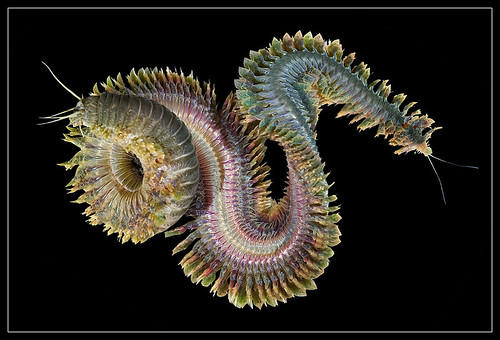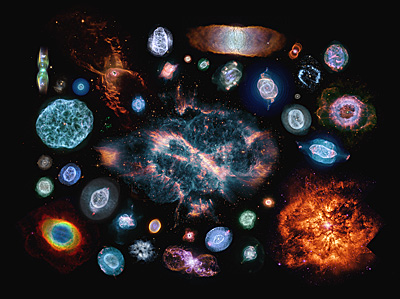That requires More Work (tm)
Measuring the distance to a planetary nebula is
often difficult but some of then have their distance estimates listed at spacetelescope.org or at their Wikipedia entry. I often find myself taking guesses at how old a PN is or how far away it is based solely on visual examination. I've noticed that some are blurrier or more diffuse than others which leads me to speculate they are older and hence larger structures due to the fact that they expand outward from their parent star over time. But they are incredibly diverse and it's probably best not to generalize them like that.
Anyway, since it's hard to tell how far away they are, that means it's difficult to measure their sizes. Furthermore, if we are looking "down the barrel" at some, that is, looking at the short end, the thing could look kind of small but actually be much wider from the long end. Imagine rotating one of those bipolar nebulas around.
Edit: Wikipedia also says "A typical planetary nebula is roughly one light year across" but the use of the word "typical" amuses me because they are so diverse. "Planetary nebula" as a category seems too broad to make such a statement. And that's not even touching the fact that the "planetary" part is such a stubborn and confusing misnomer.





